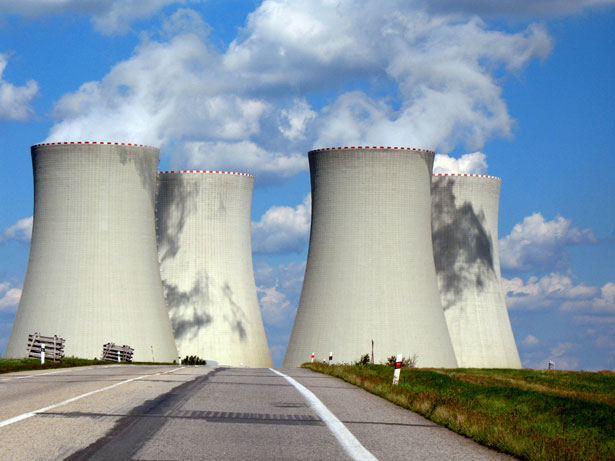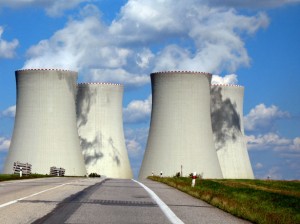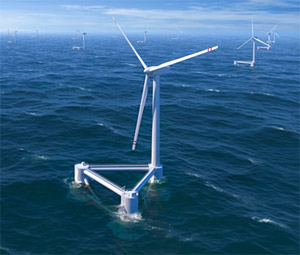
The Cost of Japan’s Nuclear Overhaul
 The Institute of Energy Economics, Japan released a report highlighting the challenges facing the nations evolving energy policy and why a nuclear- free Japan may not be the best option. Since June of this past year, the Japanese government has begun slowly reversing its plan for a nuclear phase out, activating two reactors to help field the high energy demands of summer. Restarting Japan’s nuclear power sources is still not popular with the general public, but abandoning nuclear energy leaves the natural resource poor country with excruciatingly limited domestic alternatives.
The Institute of Energy Economics, Japan released a report highlighting the challenges facing the nations evolving energy policy and why a nuclear- free Japan may not be the best option. Since June of this past year, the Japanese government has begun slowly reversing its plan for a nuclear phase out, activating two reactors to help field the high energy demands of summer. Restarting Japan’s nuclear power sources is still not popular with the general public, but abandoning nuclear energy leaves the natural resource poor country with excruciatingly limited domestic alternatives.
With almost no natural resources of its own, Japan was already the third largest importer of oil, second largest importer of coal, as well as the leader of liquid natural gas (LNG) imports. Since shutting down their reactors, this dependence has only grown; in 2012 Japan’s LNG imports accounted for more than one third of global trade of the substance. The price of importing resources for nearly all of its energy demands brought the nation’s trade deficit to a staggering 6.3 trillion yen at the beginning of this year.
There is no easy answer for Japan, as at this point returning to its former levels of nuclear capability is also a costly venture. On January 31, the Japanese Nuclear Regulation Authority (NRA) released a long awaited draft outline of the new requirements for the nation’s nuclear facilities. The stringent standards will increase operating costs, likely leading to price hikes for electricity. Kyushu Electric Power has estimated that it will have to raise its prices 35% if all of its reactors remain offline. Similarly, Kansai Electric Company estimates that costs will rise by 20-30% if it has to shut down its currently operational Oi plant in Fukui prefecture.
The NRA is considering a grace period for the two reactors currently active to achieve the new standards. However, under Japanese law, reactors must be idled every thirteen months, so the only two reactors currently active will be shuttered for maintenance in September. That, paired with the fact that the NRA is not planning to begin inspections of offline facilities until July, has raised concerns about making it through a second summer of the last three with no reactors online. This means that Japan will still require a vast amount of energy via imports, particularly of LNG and coal. They have already signed a contract with Russia’s gas giant Gazprom, and they are eagerly watching the debate in the U.S. over whether or not to permit an expansion of LNG exports.
Besides cutting import deals and working to make its main domestic source of energy safe in the eyes of the public, Japan has also made investments in renewable energy technology. They have announced plans for the construction of what will be the world’s largest offshore wind farm to begin in July. Located off the coast of Fukushima, it is scheduled to be completed by 2020. The wind farm will only generate 1 gigawatt, a small contribution to the electricity mix, but Japan hopes to accelerate its transition away from nuclear power and fossil fuel imports. But, in the short-term, considering the urgent need for energy, many Japanese officials believe the phase out of nuclear power was a bit premature.





